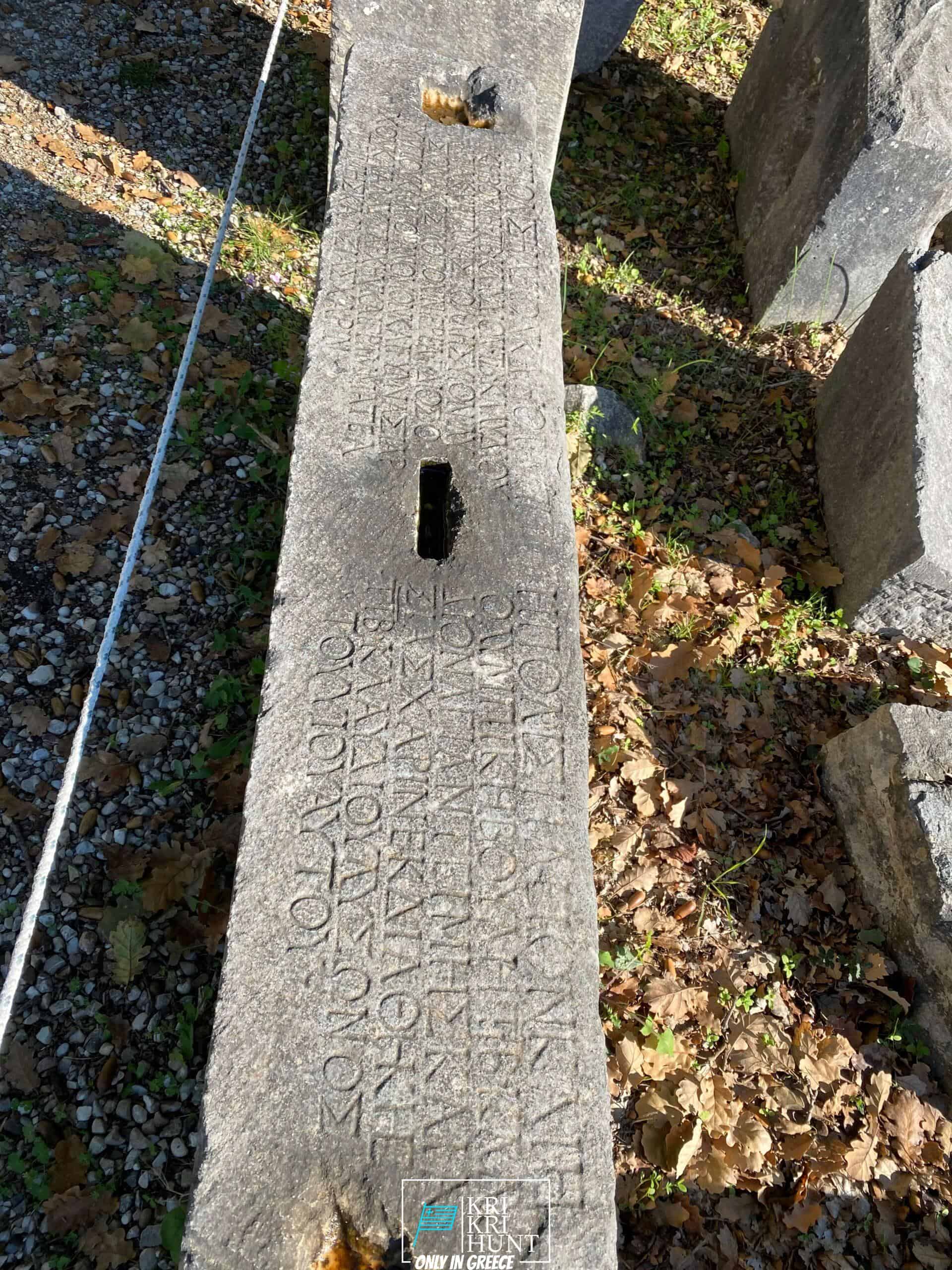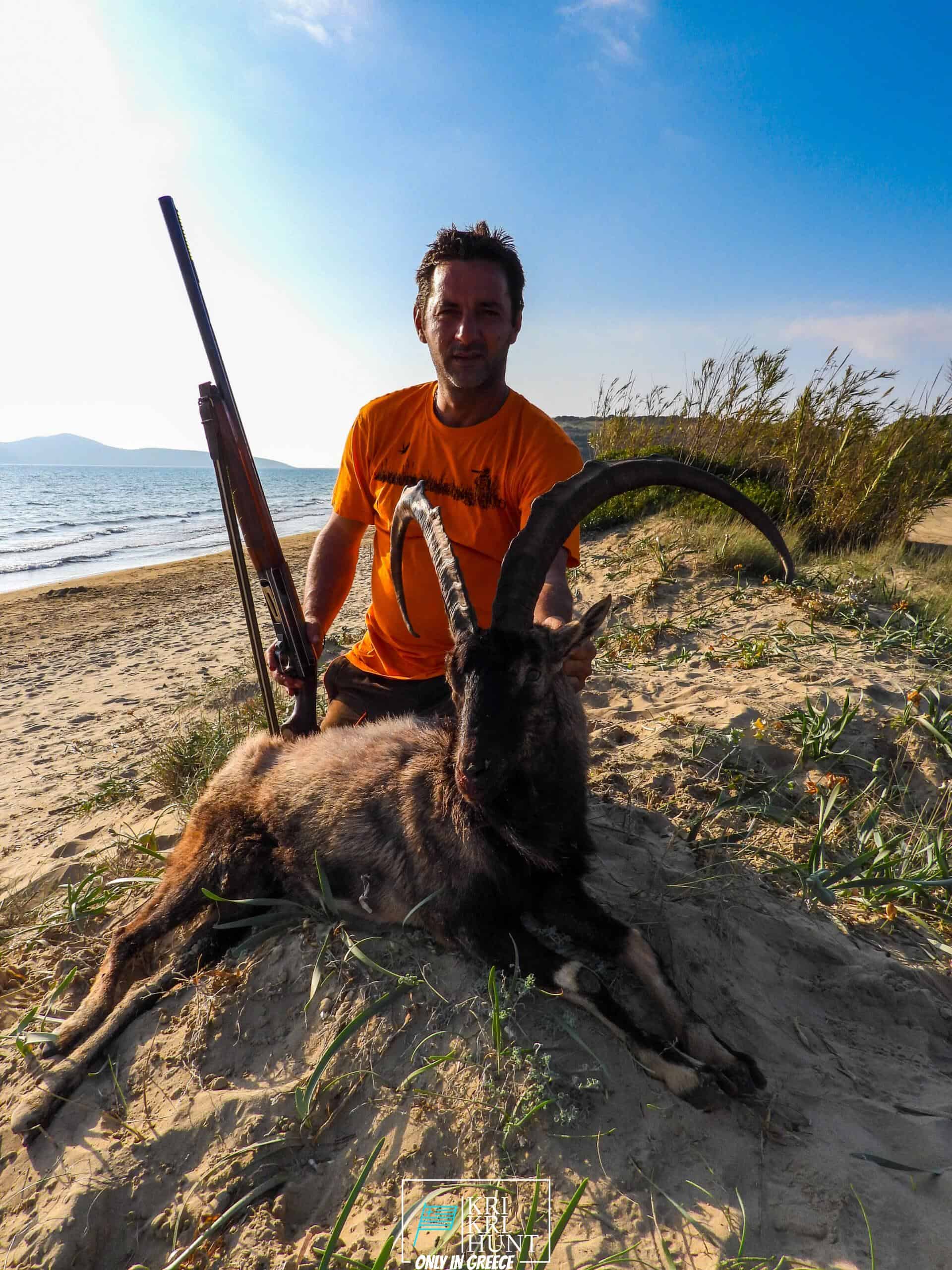Why The Peloponnese Is The 'Real' Greece
Why The Peloponnese Is The 'Real' Greece
Blog Article

The Peloponnese peninsula on the Greek Mainland is commonly referred to as the 'genuine' Greece. Because it has managed to stay relatively unblemished by mass tourism as well as keeps a lot of its traditional beauty, this is. If you're seeking a genuine Greek experience, after that Peloponnese is the location for you. And also what better means to explore this gorgeous area than on one of our exterior hunting, fishing, and also complimentary diving tours?

Greece is an attractive country with lots of opportunities for visitors. There are spectacular beaches, old damages, and also delicious food to delight in. In addition, there are lots of tasks readily available such as biking, snowboarding, and also walking. Greece is the excellent location for anyone trying to find a getaway filled with adventure as well as enjoyment.
On our Peloponnese tours, you'll reach experience all that this amazing area has to supply. We'll take you on an excursion of several of one of the most lovely and also historical sites in all of Greece, including ancient ruins, castles, and extra. You'll also get to experience a few of the typical Greek society direct by delighting in some of the delicious food as well as white wine that the region is known for. And certainly, no journey to Peloponnese would certainly be complete without a dip in the gleaming Mediterranean Sea! Whether you're a knowledgeable hunter trying to find a brand-new adventure or a newbie vacationer just looking to discover Greece's sensational landscape, our Peloponnese scenic tours are best for you. What are you waiting for? Book your trip today!
There is absolutely something for every person in the Peloponnese peninsula. Whether you have an interest in history and society or nature and exterior activities, this is an optimal destination for your next vacation. If you are short on schedule, our hunting as well as exploring Peloponnese Tours from Methoni is a great way to see everything this spectacular area has to offer.And lastly, your Kri Kri ibex prize is waiting on you.
What is the diference between Kri Kri ibex, Bezoar ibex and hybrid ibex
The kri-kri is not thought to be indigenous to Crete, most likely having been imported to the island during the time of the Minoan civilization. Nevertheless, it is found nowhere else and is therefore endemic to Crete. It was common throughout the Aegean but the peaks of the 8,000 ft (2,400 m) White Mountains of Western Crete are their last strongholds–particularly a series of almost vertical 3,000 ft (900 m) cliffs called ‘the Untrodden’—at the head of the Samaria Gorge. This mountain range, which hosts another 14 endemic animal species, is protected as a UNESCO Biosphere Reserve. In total, their range extends to the White Mountains, the Samaria National Forest and the islets of Dia, Thodorou, and Agii Pandes.
This Ibex is NOT a diminutive form of the Bezoar Ibex, which has migrated into the western-most reach of the range of this species. The kri – kri (Capra aegagrus cretica), sometimes called the Cretan goat, Agrimi, or Cretan Ibex, is a feral goat inhabiting the Eastern Mediterranean, previously considered a subspecies of wild goat. The kri-kri has a light brownish coat with a darker band around its neck. It has two horns that sweep back from the head. In the wild they are shy and avoid tourists, resting during the day. The animal can leap some distance or climb seemingly sheer cliffs.
“The agrimi goat Capra aegagrus cretica is unique to Crete and its offshore islands. It has been identi®ed as a sub-species of the wild bezoar goat Capra aegagrus aegagrus Erxleben, 1777, which it closely resembles in horn shape, body form and coloration. This classi®cation has been disputed by some researchers who claim that the agrimi are feral goats, derived from early domestic stock brought to the island by the ®rst Neolithic settlers. In order to clarify this issue, DNA analyses (cytochrome b and D loop sequences) were carried out on tissue of live and skeletonized agrimi and compared to sequences of wild and domestic caprines. Results conclusively show the agrimi to be a feral animal, that clades with domestic goats (Capra hircus) rather than with wild Asiatic bezoar. This study demonstrates that morphometric criteria do not necessarily re¯ect genetic af®nities, and that the taxonomic classi®cation of agrimi should be revised.”
Report this page